5 Key Components of an Outdoor Pizza Oven
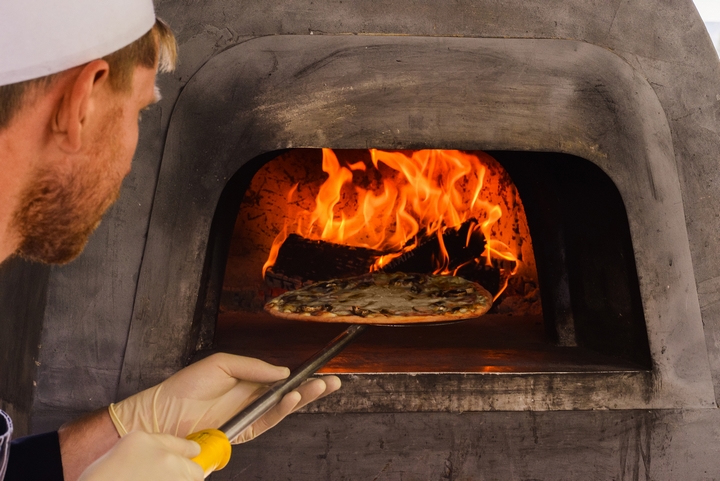
You enjoy hosting family, friends, and colleagues and want to offer them a fun and unique experience when they visit your home. As a result, you begin to consider the installation of an outdoor pizza oven in your backyard.
The research that you have begun doing quickly shows you that there are many different factors to take into account before you have an outdoor pizza oven installed. Below are the most important ones and being conscious of them will ensure you get the type that meets your needs.
1. Size
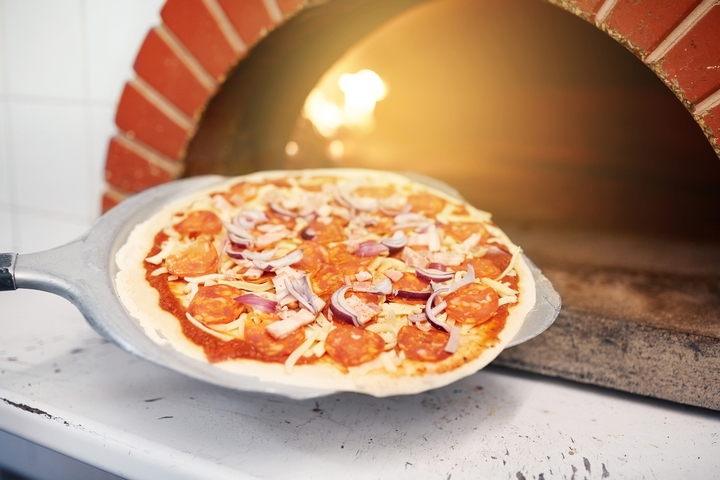
When you are building or purchasing a pizza oven, you need to be mindful of how many people you will be typically hosting. An oven too small will result in people waiting for their pizza and ultimately becoming hungry. An oven too big will mean you will take up more space and use up more fuel than needed,
You need to be mindful of the size when installing a pizza oven. While small ovens are easy to handle, they are quite limiting. You can only use them to prepare pizza for a handful of people. This means that it will not be possible to use such an oven when hosting a large group of people. On the other hand, large ovens can be used for all occasions, whether there are a few or many people.
2. Material
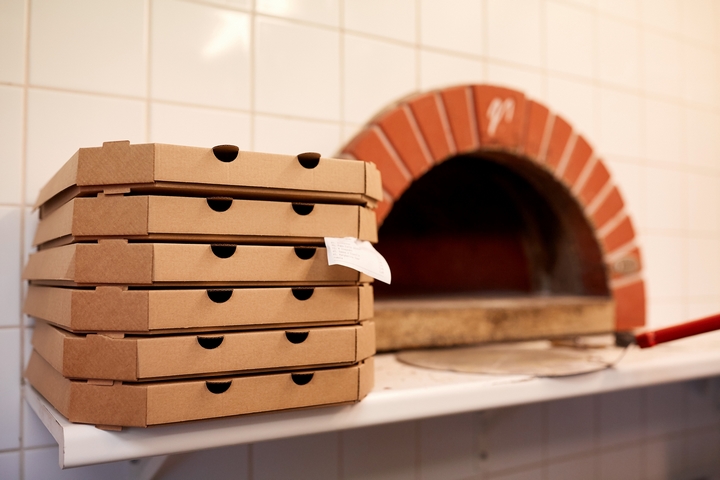
Pizza ovens are made of different types of materials and the most popular ones include brick, steel, and stone. In most cases, the source of heat will determine the material that will be used to make the pizza oven.
Most electric ovens are made of stainless steel. Ovens that depend on gas and wood are either made of brick, concrete, or clay. Each material has its own unique heating property. You should choose an oven with a material that will suit your cooking style. You should also choose the material that has the potential of delivering the best results.
3. Heating source
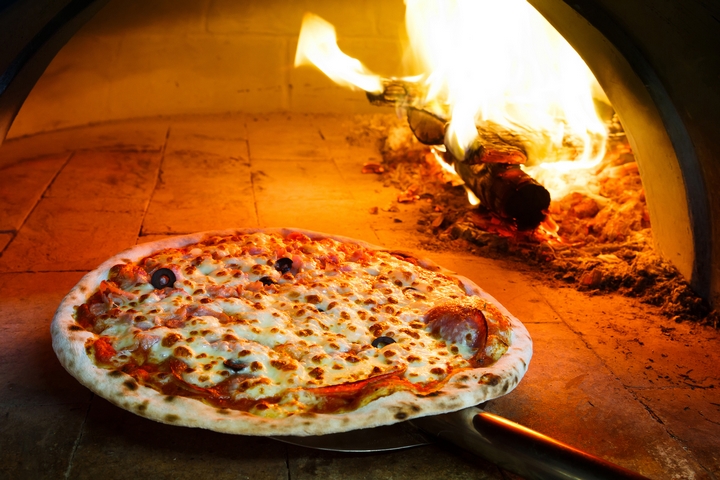
A pizza oven can use one of many sources of heat such as electricity, gas, wood, and a combination of electric and gas. Electric and gas ovens have advanced features. They are also easy to use since they have interactive control features. If you would like to maintain a simple and traditional yet unique setup, consider a wood-fired oven. The flames and the embers from the wood tend can give the pizza a unique taste. Mixed ovens use both gas and wood. When it comes to drawing a comparison, wood offers higher temperatures which means the pizza can be cooked quicker but it may take some time to get the fire underneath started. Pizza cooked on such ovens tend to be flaky on the outside and tender inside.
4. Mode of installation
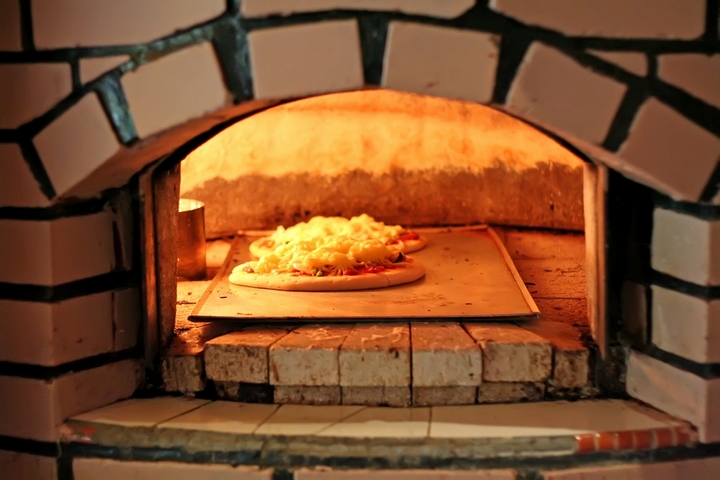
Pizza ovens come with different modes of installation. Before buying one, you need to consider the exact location where it will be installed and how it should be configured.
If you want a unit that will not be stressful when it comes to installation, consider buying a self-contained pizza oven. With this unit, you will simply need to plug it in. Other ovens must be enclosed in a concrete structure so that they can reach required temperature levels. Regardless of the configuration, ensure that your pizza oven is installed in a safe place. The area should have proper ventilation, plenty of space for people to keep back from it, and nothing that can be set on fire by sparks and embers.
5. Available space
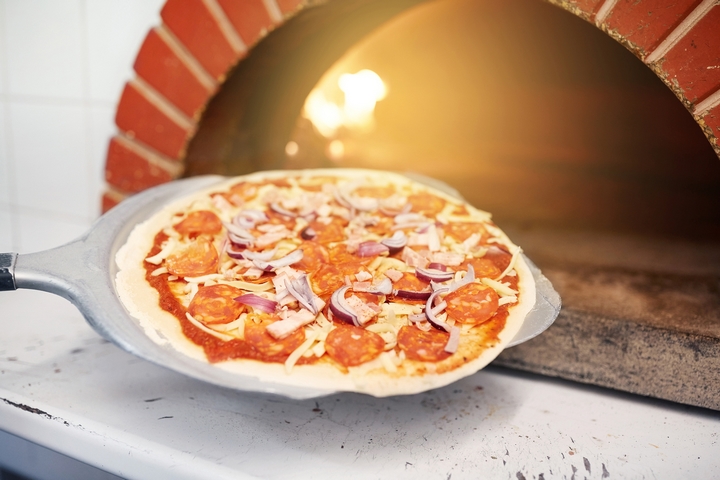
Before choosing an outdoor pizza oven, you should consider the availability of space in the area where it will be installed. There should be enough space that will allow you to move freely while cooking.
Some types of pizza ovens require plenty of space while for others, space is not really an issue. For instance, wood-fired pizza ovens tend to emit lots of smoke but no sparks or embers. Therefore, they require plenty of space where you can fit a long chimney.
